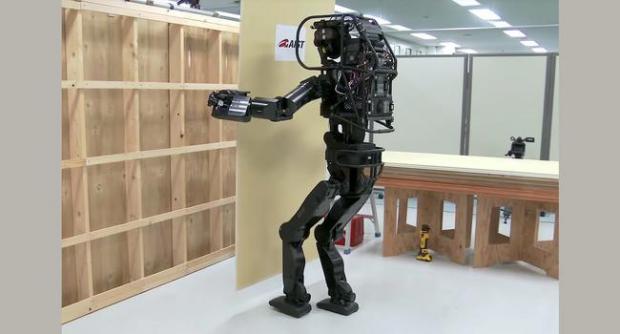
Breaking News
 Harbor Freight Coverpro 12x20 made into a Metal Building part 2
Harbor Freight Coverpro 12x20 made into a Metal Building part 2
 Brian Cole BUSTED, Halle Berry NUKES Newsom + Candace REJECTS TPUSA Challenge...
Brian Cole BUSTED, Halle Berry NUKES Newsom + Candace REJECTS TPUSA Challenge...
 I spent my Thanksgiving in the emergency rom... Medical emergencies can pop up at any time.
I spent my Thanksgiving in the emergency rom... Medical emergencies can pop up at any time.
 The "Golden Age" of Job Layoffs?
The "Golden Age" of Job Layoffs?
Top Tech News
 Build a Greenhouse HEATER that Lasts 10-15 DAYS!
Build a Greenhouse HEATER that Lasts 10-15 DAYS!
 Look at the genius idea he came up with using this tank that nobody wanted
Look at the genius idea he came up with using this tank that nobody wanted
 Latest Comet 3I Atlas Anomolies Like the Impossible 600,000 Mile Long Sunward Tail
Latest Comet 3I Atlas Anomolies Like the Impossible 600,000 Mile Long Sunward Tail
 Tesla Just Opened Its Biggest Supercharger Station Ever--And It's Powered By Solar And Batteries
Tesla Just Opened Its Biggest Supercharger Station Ever--And It's Powered By Solar And Batteries
 Your body already knows how to regrow limbs. We just haven't figured out how to turn it on yet.
Your body already knows how to regrow limbs. We just haven't figured out how to turn it on yet.
 We've wiretapped the gut-brain hotline to decode signals driving disease
We've wiretapped the gut-brain hotline to decode signals driving disease
 3D-printable concrete alternative hardens in three days, not four weeks
3D-printable concrete alternative hardens in three days, not four weeks
 Could satellite-beaming planes and airships make SpaceX's Starlink obsolete?
Could satellite-beaming planes and airships make SpaceX's Starlink obsolete?
Meet The "Heavy Labor" Humanoid Robot Set To Revolutionize Construction

Standing just under 6-feet tall and clocking in at 222 lbs, the HRP-5P has "unsurpassed physical capabilities," according to Phys.org, and is fitted with an array of sensors in order to fully assess its environment to perform various tasks.
In one demonstration, the HRP-5P shows of its skills grabbing standard 77 lb. boards of drywall typically used in construction.
In order to complete the task, the robot must:
Generate a 3-D map of the surrounding environment, detect objects, and approach the workbench.
Lean against the workbench, slide one of the stacked gypsum boards to separate it, and then lift it.
While recognizing the surrounding environment, carry the gypsum board to the wall.
Lower the gypsum board and stand it against the wall.
Using high-precision AR markers, recognize and pick up a tool.
Holding a furring strip to keep HRP-5P itself steady, screw the gypsum board into the wall.
Aside from construction, AIST's robot has compelling applications at aircraft facilities, shipyards or any other environment in which heavy things need to be lifted or manipulated - particularly in hazardous environments.

 First totally synthetic human brain model has been realized
First totally synthetic human brain model has been realized Mach-23 potato gun to shoot satellites into space
Mach-23 potato gun to shoot satellites into space

